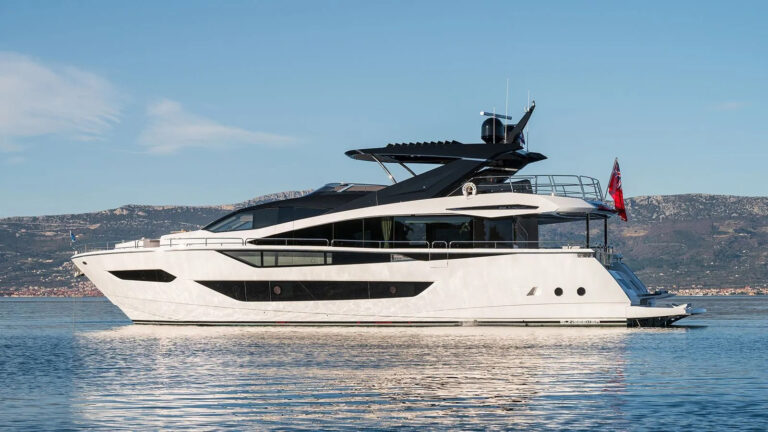
LT Dan Molthen
When to Leave
No one takes the decision to abandon ship lightly, but I have seen it made too soon, and too late, both with tragic results. Molthen and I agree that there are few absolutes when handling at-sea emergencies; you must consider all the variables. Loss of an engine 30 miles from shore is not the same problem as losing it 300 miles from shore, with a line of storms approaching. You may be able to keep up with flooding in calm seas, but that doesn’t mean you will be able to when water starts shipping over the bow.
Launching the raft and jumping over the side is the only call to make if faced with out-of-control fire or progressive flooding. But that doesn’t mean those are the only times to leave the boat. Dan reminded me of case after case where, “We’re going to wait until the morning,” was the last call a captain ever made.
But what about the old adage, “You never step off until you have to step up?” This oversimplified phrase implies that you never leave your vessel until it is definitely on its way down and nothing can be done. “It’s the worst advice I’ve ever heard,” says Molthen. He’s seen boaters abandon boats when they probably shouldn’t have. “But I’ve spent more time searching for boaters who should have jumped and didn’t,” he says. His point is that human limits can be reached long before the vessel is in any real danger.
Ira Hubbard, the owner of Marine Flower II, abandoned a perfectly good watertight vessel in the middle of the Atlantic. It is exactly what he should have done. His boat wasn’t sinking, but after a day fighting seasickness and fatigue, his wife and daughter could only lay below with his infant son. In a matter of hours, he would have to single-hand his 64 foot ketch through a hurricane after days without sleep. If he hadn’t called for rescue when he did, the search and rescue would have likely been just a search. Stepping down into the ocean was a very good idea. If you’re thinking you would have done differently given Hubbard’s circumstances then you are exactly the kind of boater the Coast Guard often looks for, but never finds.
When It’s Time to Go, Go
Half-leaving the boat – staging the raft or dinghy “just in case” – can be dangerous. If seas are rough, the rocking hull could ruin the thin-walled inflatable before you have a chance to board. If high winds take your raft after inflation, it’s going to be difficult – if not impossible – to get it back. In all but the calmest weather, you’ll want to go in with it. Don your life jackets (and immersion suits if you have them), send the final distress signals, grab the EPIRB, and leave, taking all possible emergency gear with you. Everything that floats goes over the side, too; the life rings, seat cushions, and even the fenders will all help you to be more visible, and being visible is everything.








